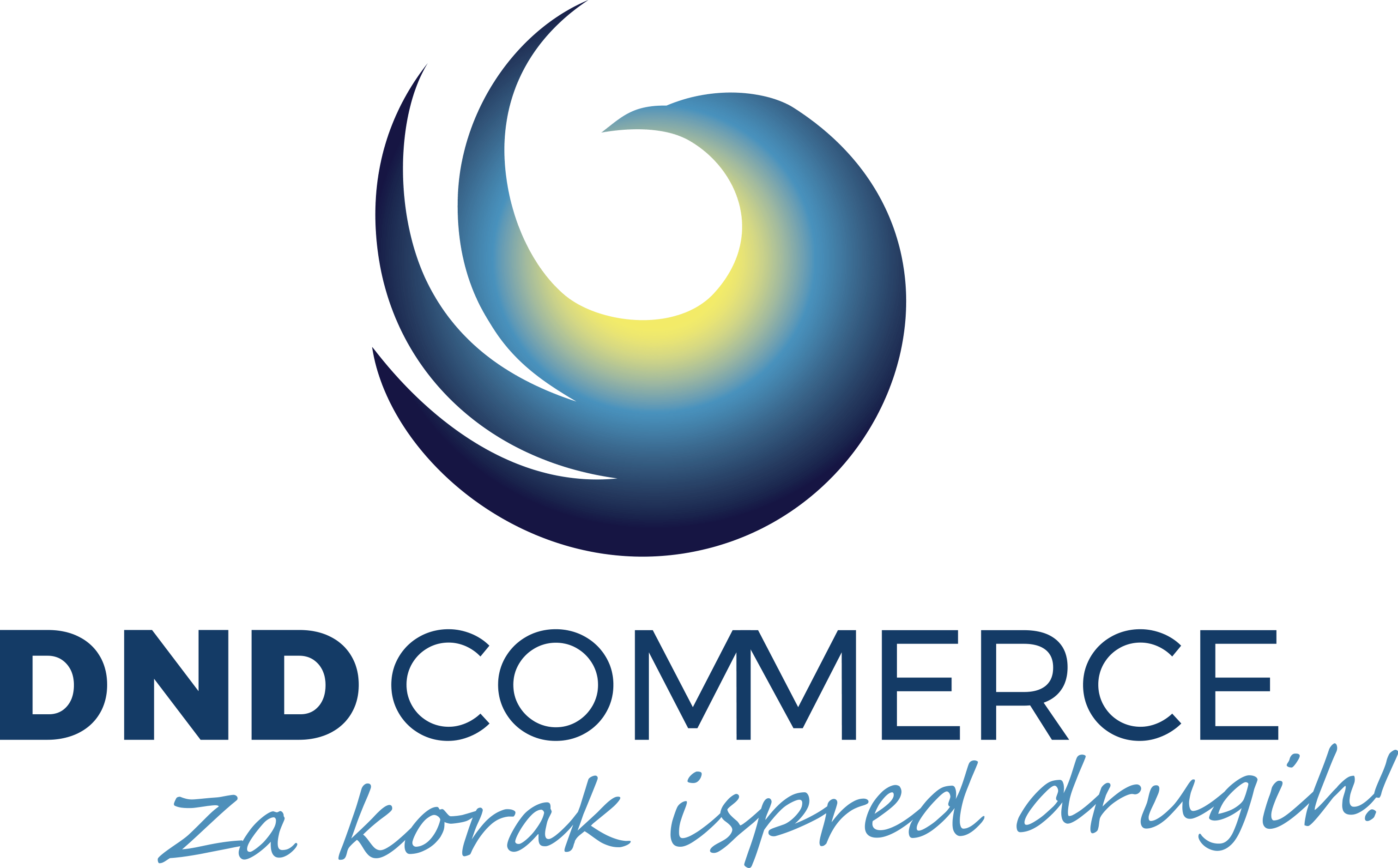The introduction of disinfection
Back in the mid-19th century, or more precisely in 1846, a Hungarian gynecologist Ignaz Semmelweis, after conducting a detailed research on the mortality rate, introduced the practice of hand-washing and hand-disinfection. In that way, the mortality rate dropped and it turned out that his solution for reducing the mortality rate was effective.
However, if we go back to the history of the first hospitals and the development of the healthcare system, it was precisely in the mid-19th century when hospitalization of patients started, a time when physicians’ sole focus was treating a specific illness. They never even questioned the fluctuations in mortality rates. Generally speaking, at that time, only a small portion of the population was educated and trained for treating the sick and infected.
Physicians enjoyed a special social status and treatment. Consequently, they reluctantly accepted new ideas and theories on improving the healthcare system.
When the young gynecologist Ignaz Semmelweis introduced compulsory hand-washing and disinfection with a chlorine solution before any surgical procedure, thus significantly reducing the mortality rate, he proved that a great deal of infections was transmitted through unwashed hands. However, this theory was not well received by other physicians, as validating it would mean that they were directly responsible for the increase in the death rate of patients treated in hospitals. At that point, the usual medical practice of Viennese physicians, especially the middle class ones, was questioned.
However, Ignaz Semmelweis is still considered “the father of hand-washing“.

Disinfection today
Nowadays, hand-disinfection is the most important practice and procedure before performing any type of operational procedure. Also, in the last two years, it has been a regular practice in our everyday lives.
Apart from the common every-day practice of washing hands (several times a day), another compulsory habit is hand-disinfection with a product containing at least 70% of alcohol, with the aim of killing harmful microorganisms and reducing the posibillity of contracting a virus, an infection or bacteria.
With time, disinfectants have made a significant progress, so apart from containing the required amount of alcohol, their other important properties include hand care and protection and prevention of skin dryness and the possibilty of getting eczema or allergies.
In a time span of more than 100 years, from a simple chlorine solution we have come to a product whose fomula, apart from the necessary disinfection property, offers care for your hands.
And if you wonder how to be sure that there would be no transmission of bacteria, viruses or infections, our response is Lysosept gel – an innovative and timeless product offering a 2in1 effect – a gentle touch and proper disinfection.
